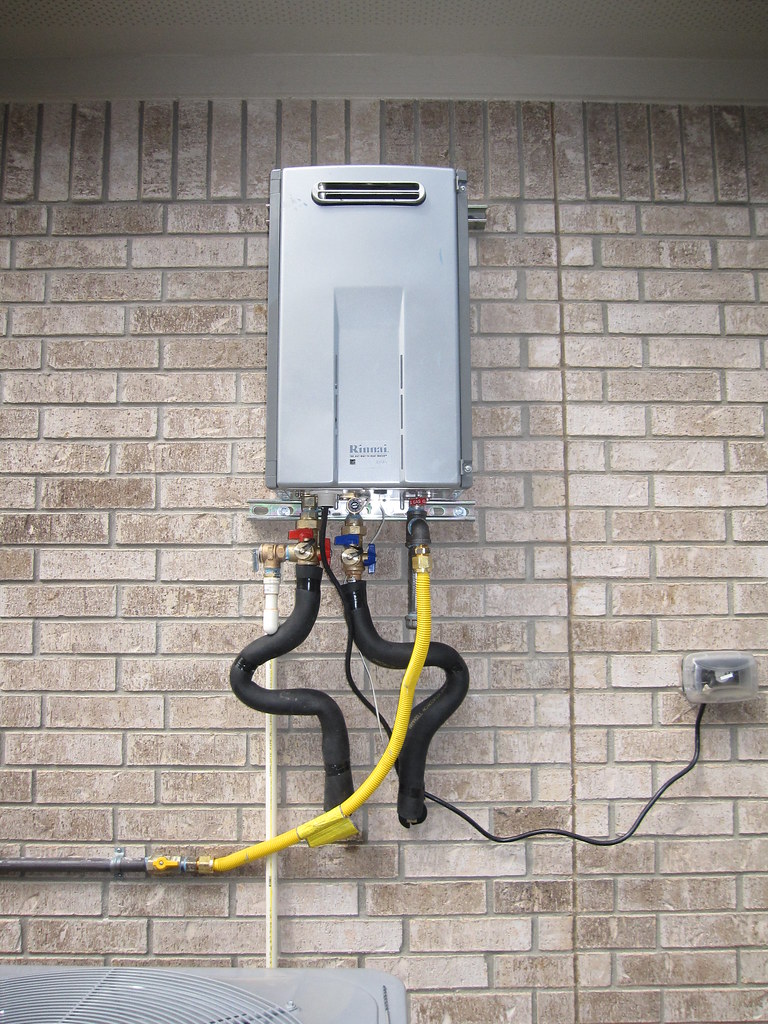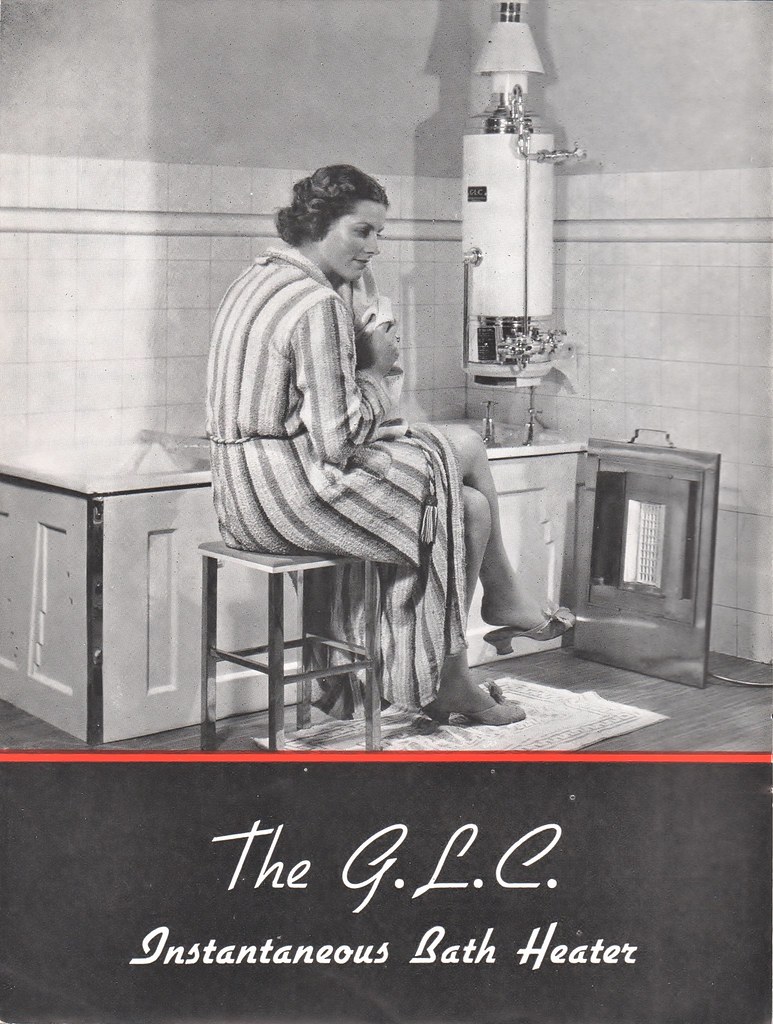What is Instantaneous Hot Water?
Summary
1. Instantaneous water heater: operating principle
2. Instantaneous heating: the different types
3. Calling a professional to install an instantaneous water heater
For the production of domestic hot water, you have the choice between:
– a hot water tank or an accumulation appliance;
– an instantaneous water heater.
These two types of appliances exist for gas and electricity.
Unlike the hot water tank, the instantaneous water heater produces hot water on demand and does not have a storage tank. No waste of energy! Reliable and space-saving, the instantaneous water heater occupies a lot of homes that choose not to have a central heating system. In large homes, it is often reserved for one or two water points far from the primary source of hot water production.
1. Instantaneous water heaters: how they work

Whatever the type of energy, gas or electricity, an instantaneous water heater produces hot water without storing it. The water is therefore heated according to demand, energy consumption is reduced, and energy losses are virtually nil.
However, the instantaneous water heater has some disadvantages:
– the water temperature sometimes lacks homogeneity;
– the distance between the water heater and the tap must be kept as short as possible;
– it requires a large instantaneous power.
Here is a table showing the operation of the instantaneous water heater according to its energy source:
|
Instantaneous gas water heater |
Electric instantaneous water heater |
|---|---|
|
– Hot water is available in unlimited quantities. – It arrives at the level of a coil and comes out after being heated by a burner. – Has a safety group to avoid the risk of tank explosion. |
– Hot water is available in unlimited quantities. – It is heated by a resistance. – Energy-consuming appliance, which cannot benefit from “off-peak rates”. |
2. Instantaneous heating: the different types
Gas or electric, the instantaneous water heater is available in several versions to suit your needs, the configuration of your home and your budget.
Gas instantaneous water heater: water heater or bath heater?
There are two types of gas instantaneous water heaters:
– the water heater;
– the bath heater.
Here is a comparative table:
|
Instantaneous water heater |
Instant bath heater |
|
|---|---|---|
|
Capacity |
Low: Cannot provide hot water for fixtures with a capacity greater than 50 L. |
Important: can fill a bathtub. |
|
Usage |
Reserved for a single water point. |
Able to supply a water-loving water point. |
|
Evacuation |
No connection to an exhaust duct. |
Connection to an exhaust duct (chimney or suction cup), the diameter of which depends on the power of the appliance. |
Table of bath heater exhaust pipe diameters according to power:
|
The minimum outside diameter of the exhaust pipe |
Power of the appliance |
|---|---|
|
83 mm |
8/9 kW |
|
110 mm |
17/18 kW |
|
125 mm |
21/28 kW |
3. Calling on a professional for your instantaneous water heater
Electric instantaneous water heaters are all small, compact and easily installed wherever there is a spot demand for water and isolated from the rest of the installation.
It is true that an electric instantaneous water heater requires more electrical power than a cumulus heater. The cumulus heats a large quantity of water per day unnecessarily. Thus, depending on your use, an instantaneous electric water heater can be more advantageous than a storage heater.
Good to know: Instantaneous water heaters should always be installed as close as possible to the tapping station.
Attention! Don’t entrust the installation of your water heater to just anybody.
Calling a professional is the best you can do to ensure the safety of your heater and peace of mind that your electrical installation will not be damaged because of some wrong steps during installation.

